composite decking vs treated wood
This article explores the differences between composite decking and treated wood, helping you decide which is better for your next outdoor project.
Composite Decking vs Treated Wood
Durability
When comparing composite decking and treated wood, durability is a key factor to consider. Composite decking is made from a combination of wood fibers and plastic, which makes it highly resistant to rot, decay, and insect damage (source: Hunker). This durability is particularly beneficial for those living in areas with high humidity or frequent rainfall. On the other hand, treated wood, although also durable, requires more maintenance over time due to its susceptibility to moisture and pests (source: Bob Vila).
Maintenance Requirements
Maintenance is another critical aspect when choosing between composite decking and treated wood. Composite decking typically requires less maintenance than treated wood. It does not need to be sealed or stained annually like treated wood, making it a low-maintenance option for busy homeowners (source: Family Handyman). However, it can still accumulate dirt and stains that may require cleaning with specific products designed for composite materials. In contrast, treated wood decks must be regularly maintained with sealants or stains to protect them from weather elements, which adds to the long-term cost and effort.
Cost
The initial cost of composite decking is generally higher than treated wood, but this doesn’t tell the whole story. While composite decking costs more upfront, it often proves to be more economical in the long run due to lower maintenance needs. Treated wood, although cheaper initially, might require more frequent replacement and maintenance, leading to higher overall costs (source: This Old House). Therefore, considering both initial and long-term expenses is essential when making a decision.
Appearance
In terms of appearance, treated wood offers a natural, rustic look that many homeowners prefer. It can be easily stained or painted to match any aesthetic preference. Composite decking, while available in various colors and textures, tends to have a more uniform appearance that some find less appealing than the organic look of wood (source: Popular Mechanics). However, advancements in manufacturing technology are increasingly blurring the lines between the two options in terms of visual appeal.
Environmental Impact
From an environmental perspective, composite decking is often seen as a more sustainable choice because it is made from recycled materials and reduces the demand for virgin timber (source: Green Building Advisor). However, the production process of composite materials has its own environmental footprint. Treated wood, while renewable, involves chemical treatments that could have adverse effects on the environment if not disposed of properly. Both materials offer opportunities for recycling at the end of their life cycle, though the effectiveness of these processes varies.
Conclusion
Choosing between composite decking and treated wood depends largely on personal preferences, budget, and long-term plans. For those prioritizing low maintenance and durability, composite decking is often the better choice. Those who value natural aesthetics and are willing to invest in regular upkeep might lean towards treated wood. Understanding the unique benefits and drawbacks of each material can help make an informed decision that best suits individual needs.
Reference
Hunker, Bob Vila, Family Handyman, This Old House, Popular Mechanics, Green Building Advisor.
Baoding Plastroy WPC Products
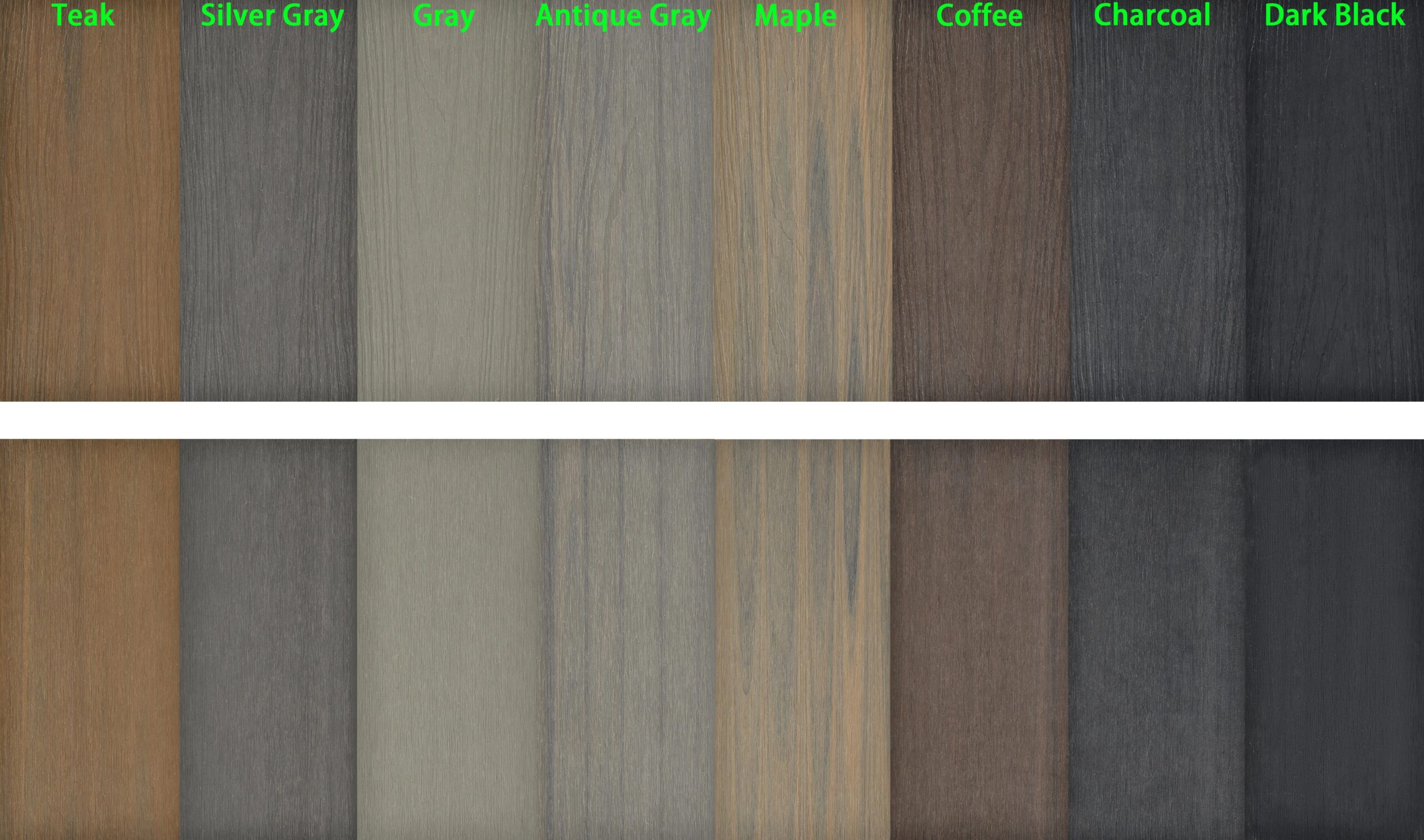
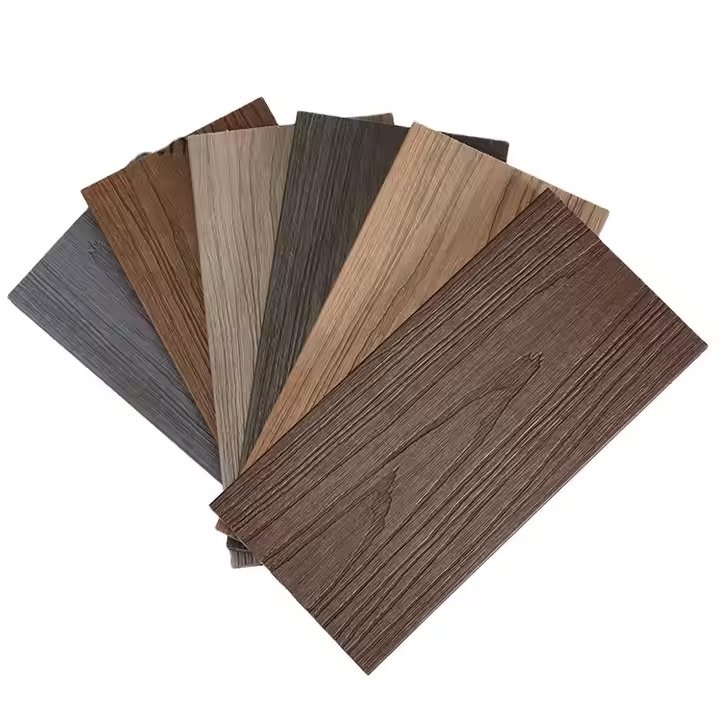
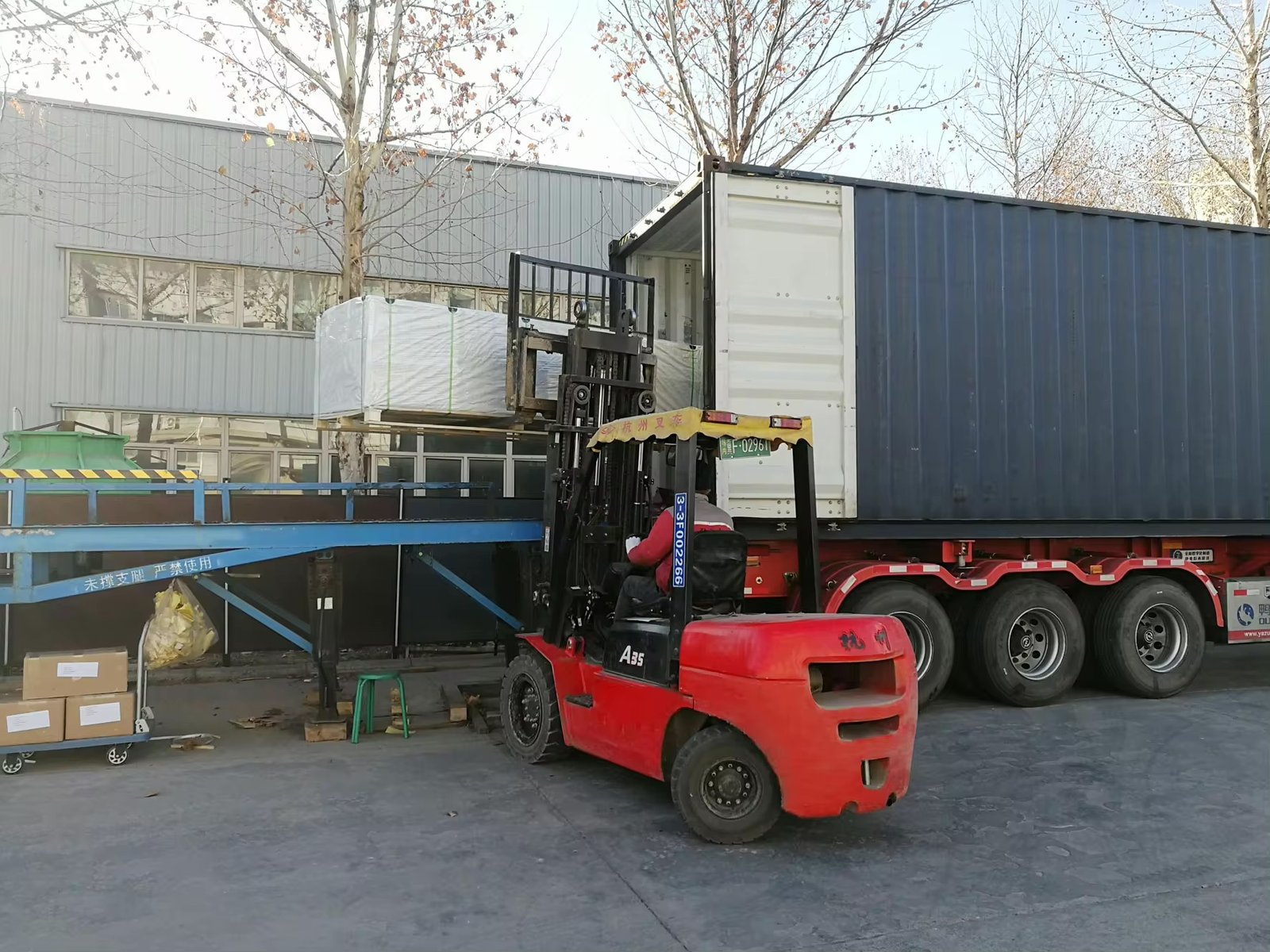
Why Choose Plastory?
Baoding Plastory New Materials Co., Ltd. is a manufacturer of decorative materials with over 9 years of experience and 56 separate production lines.
Currently, our annual production exceeds 30,000 tons, with products exported to more than 50 countries worldwide.
Plastory is the drafting unit of the WPC National Standards and has obtained certifications such as REACH, ASTM, CE, and FSC. Plastory is dedicated to maintaining consistent quality, focusing on details, and prioritizing customer satisfaction.
Our factory is located in Baoding, Hebei Province, China, with a prime location and convenient transportation access. Baoding is approximately a 1.5-hour drive from Beijing Capital International Airport and just 2 hours away from Tianjin Port, making it easy for global clients to visit and facilitating efficient shipping of goods. Our facility spans a large area, equipped with advanced production equipment and modern testing facilities to ensure that every batch of products meets the highest quality standards.
We warmly welcome clients from around the world to visit our factory, where you can see our production processes firsthand and experience our product quality. Please feel free to reach out to us—we are committed to providing you with the best products and services.
Kindly get in touch with us to request a product catalogue.

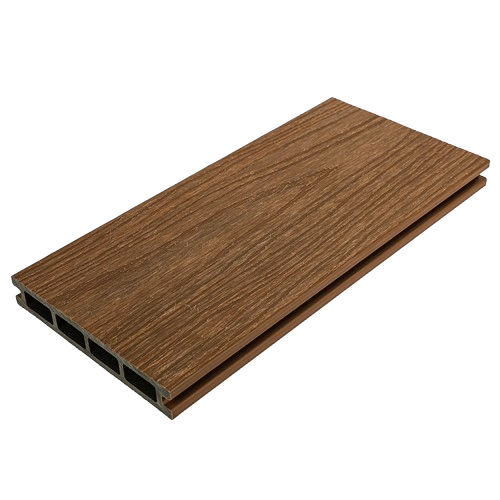
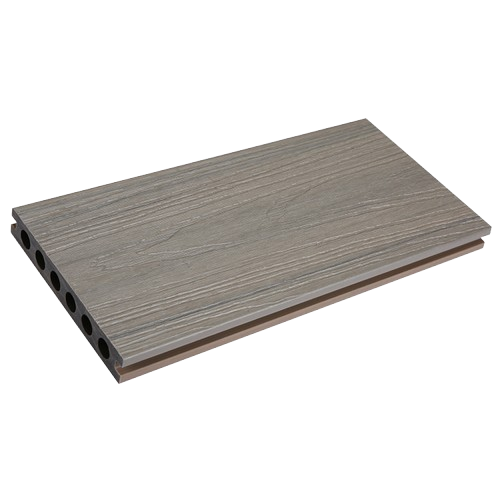
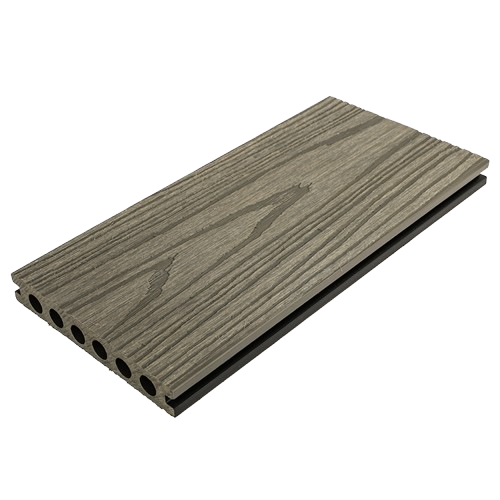
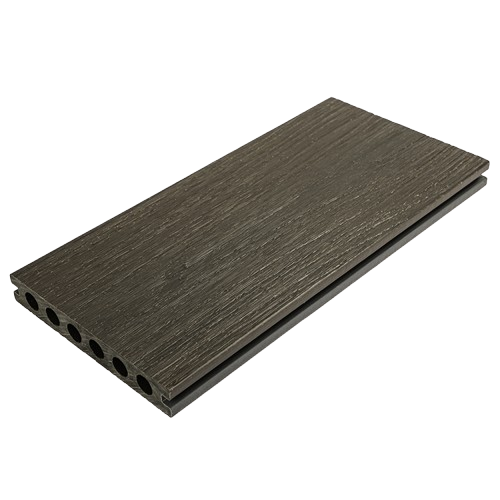
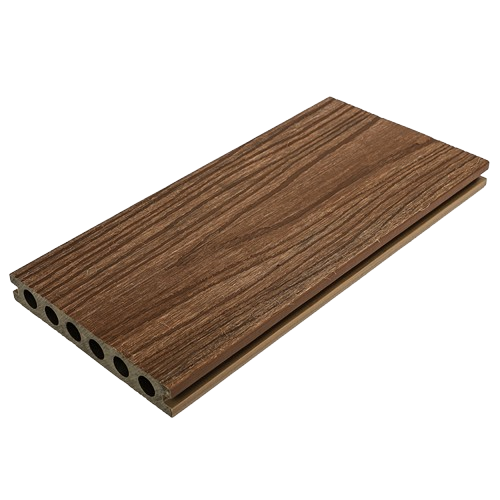
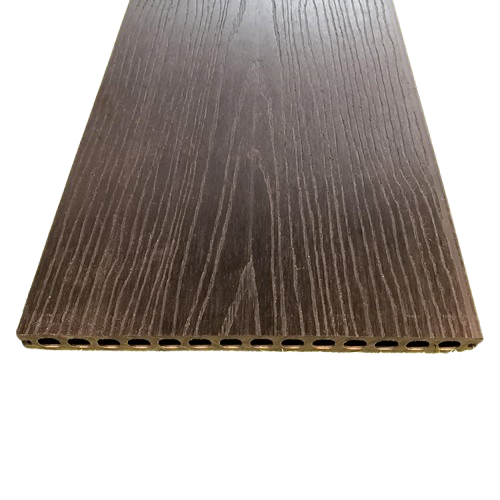
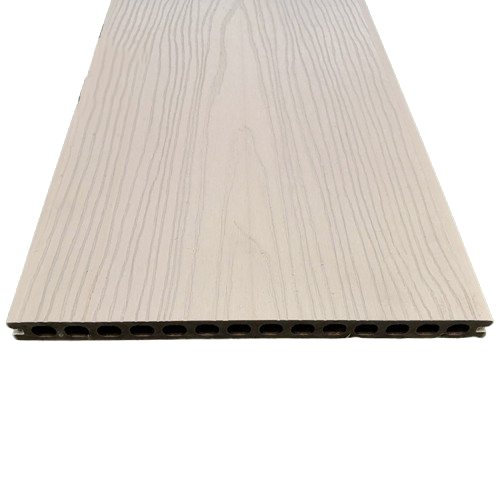

Reviews
There are no reviews yet.